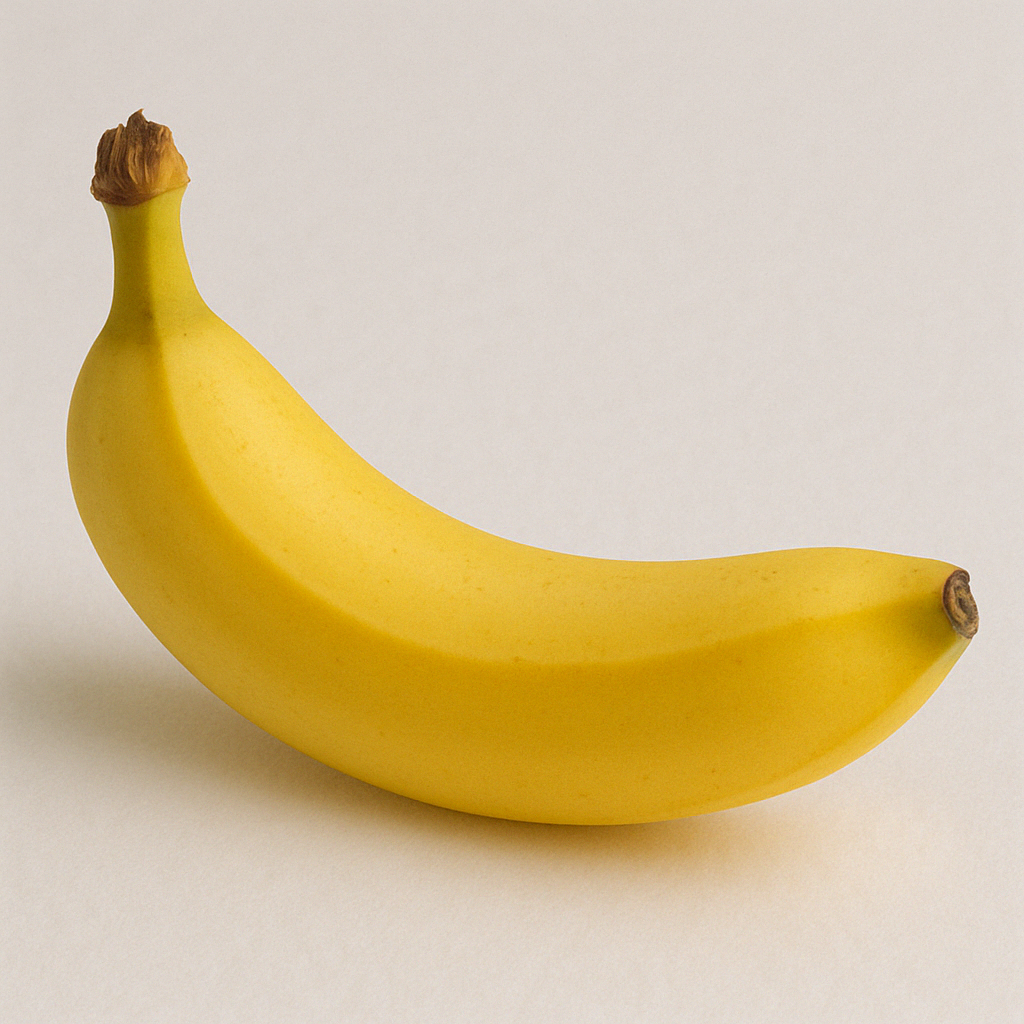
Fresh Banana from Ecuador
Featured suppliers
/132x132/company-logo/7c/c0/9a/7cc09a34f4161d4716b84951701b5b2c938fe529/IMG_0829.jpeg)
About this market
About
History
Bananas were introduced to Ecuador in the late 19th century and became commercially significant by the 1950s, spurred by US multinationals like United Fruit Company (now Chiquita). The industry boomed in the 1960s to 1980s with increased foreign demand and government support. Over time, Ecuador shifted from a foreign-controlled model to local private ownership, with many domestic companies becoming large global suppliers. The banana industry is now a cornerstone of Ecuador’s economy.
Production Regions
- El Oro: The leading banana-growing province, contributing over 35% of national output.
- Guayas: Key plantations and port access.
- Los Ríos, Manabí, and Santo Domingo: Secondary but important zones.
- Esmeraldas: Emerging zone due to expanding plantations.
These areas benefit from a tropical climate, fertile soils, and access to the Pacific ports of Guayaquil and Puerto Bolívar.
Growing Conditions
- Climate: Equatorial climate with high humidity (80 to 90%), rainfall between 2,000 to 4,000 mm/year, and average temperatures of 25 to 28°C, ideal for banana cultivation.
- Soil: Volcanic and alluvial soils with good drainage and high organic matter.
- Altitude: Plantations are typically located at 0 to 500 meters above sea level.
- Farming System: High-density monoculture farming, often integrated with irrigation, drainage, and pest control systems.
- Irrigation: Though rainfall is high, supplemental sprinkler or furrow irrigation is used during dry periods.
Harvesting Process
- Timing: Bananas are harvested weekly, year-round due to the tropical climate.
- Process: Bunches are harvested by hand with machetes when fruit maturity (around 12 weeks post-flowering) and size standards are met.
- Handling: Bunches are carried to packing stations via cable systems to avoid bruising.
- Post-Harvest: Fruits are washed, dehanded, sorted, labeled, packed into 18.14 kg (40 lb) cartons, and loaded into refrigerated containers at 13 to 14°C.
Cultivation Methods
- Variety: 95% of exports are Cavendish subgroup (Grand Nain, Williams, Valery) known for their uniformity and post-harvest life.
- Crop Cycle: Plants are productive within 9 to 12 months, with ratooning (continuous regrowth).
- Pest & Disease Control: Common pests include nematodes, thrips, weevils, while diseases include Black Sigatoka, Panama Disease (Tropical Race 4 is a current global concern)
- Biological Control & Agrochemicals: Heavily regulated; fungicide spraying is often done aerially every 7 to 10 days during wet season.
Supply Chain
- Producers: Range from smallholder cooperatives to vertically integrated growers-exporters.
- Packing & Logistics: On-site or centralized facilities use food-safe procedures and traceability systems.
- Export Infrastructure: Main exports depart via Pacific ports with weekly reefer container shipments. Main exports depart from Puerto Bolívar (Machala, El Oro) and Puerto Marítimo de Guayaquil
- Transportation: Cold chain begins immediately after packing and continues through reefer-equipped trucks and vessels.
Local Logistics
- Transport: Fruit is trucked quickly from plantation to port to maintain freshness. Many roads are optimized for banana logistics.
- Cold Chain: Begins immediately post-packing. Exporters use ripening-free containers to delay maturation during long transits.
- Ripening: Final ripening (ethylene exposure) occurs in destination markets, not in Ecuador.
Regulations and Certifications
- SENAE and Agrocalidad (government entities) regulate export phytosanitary compliance and traceability.
- Certifications: GlobalG.A.P., Rainforest Alliance, Fair Trade (for select growers), and BRC, HACCP (food safety)
- Sustainability & Labor Audits: Many exporters conduct voluntary social audits to ensure compliance with international labor and wage laws.
Quality Standards
- Fruit Length: Typically 20 to 23 cm, uniform finger size.
- Grade: Export-quality bananas must be free of blemishes, splits, or deformities.
- Packing: 40 lb boxes with consistent weight and finger count.
- Shelf Life: 25 to 35 days from harvest with optimal handling.
- Traceability: Full digital traceability is required for most markets.
Trade Terms
- Exports (2023): Ecuador exported over 6.5 million metric tons of fresh bananas.
- HS Code: 0803.90 (Bananas, including plantains, fresh or dried)
- Top Destinations: EU (~30%), Russia (~22%), US (~15%), and other markets such as China, Middle East, Turkey, and Argentina
Environmental Impact
- Agrochemical Use: Banana monoculture requires heavy fungicide use; concerns about soil degradation and water runoff persist.
- Water Use: High water footprint, but new practices include micro-sprinklers, drip systems, and river flow conservation
- Waste Management: Packaging waste and plastic bunch covers are major concerns; recycling initiatives are expanding.
- Carbon Footprint: Sea freight and aerial spraying increase emissions; some exporters are certified carbon neutral.
Social Impact
- Employment: The banana sector provides direct jobs to 250,000+ workers and indirect employment for hundreds of thousands more.
- Labor Issues: Past scrutiny over child labor, wages, and working conditions led to more transparent wage policies and union presence.
- Smallholder Support: Government and private programs offer technical assistance, price guarantees, and financing for small producers.
- Social Certifications: Many exporters adopt Fair Trade and Rainforest Alliance for better labor practices and community investment.
Uses
- Fresh Consumption: Most bananas are exported for fresh eating in destination countries.
- Processed Products: Limited local processing into banana chips, purée, baby food, or flour, mostly for domestic use or niche exports.
Harvesting seasonality
Varieties
Cavendish
Dominant export variety (Grand Nain, Valery, Williams).
Orito
Small, sweet banana sold in local markets and to niche Asian/Latin American markets.
Red Banana
Very small volumes grown for specialty exports.
Production of Fresh Banana in Ecuador
Production overview
Production trend chart of Ecuador Fresh Banana
Export of Fresh Banana from Ecuador
Export overview
Export trend
Export transactions from 2024
Major exporters of Ecuador Fresh Banana in 2024





Major importers of Ecuador Fresh Banana in 2024





Historical export price trends
Verified suppliers
/132x132/company-logo/7c/c0/9a/7cc09a34f4161d4716b84951701b5b2c938fe529/IMG_0829.jpeg)











